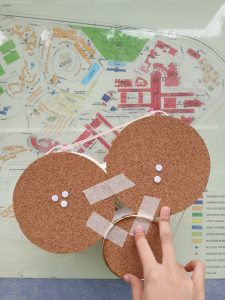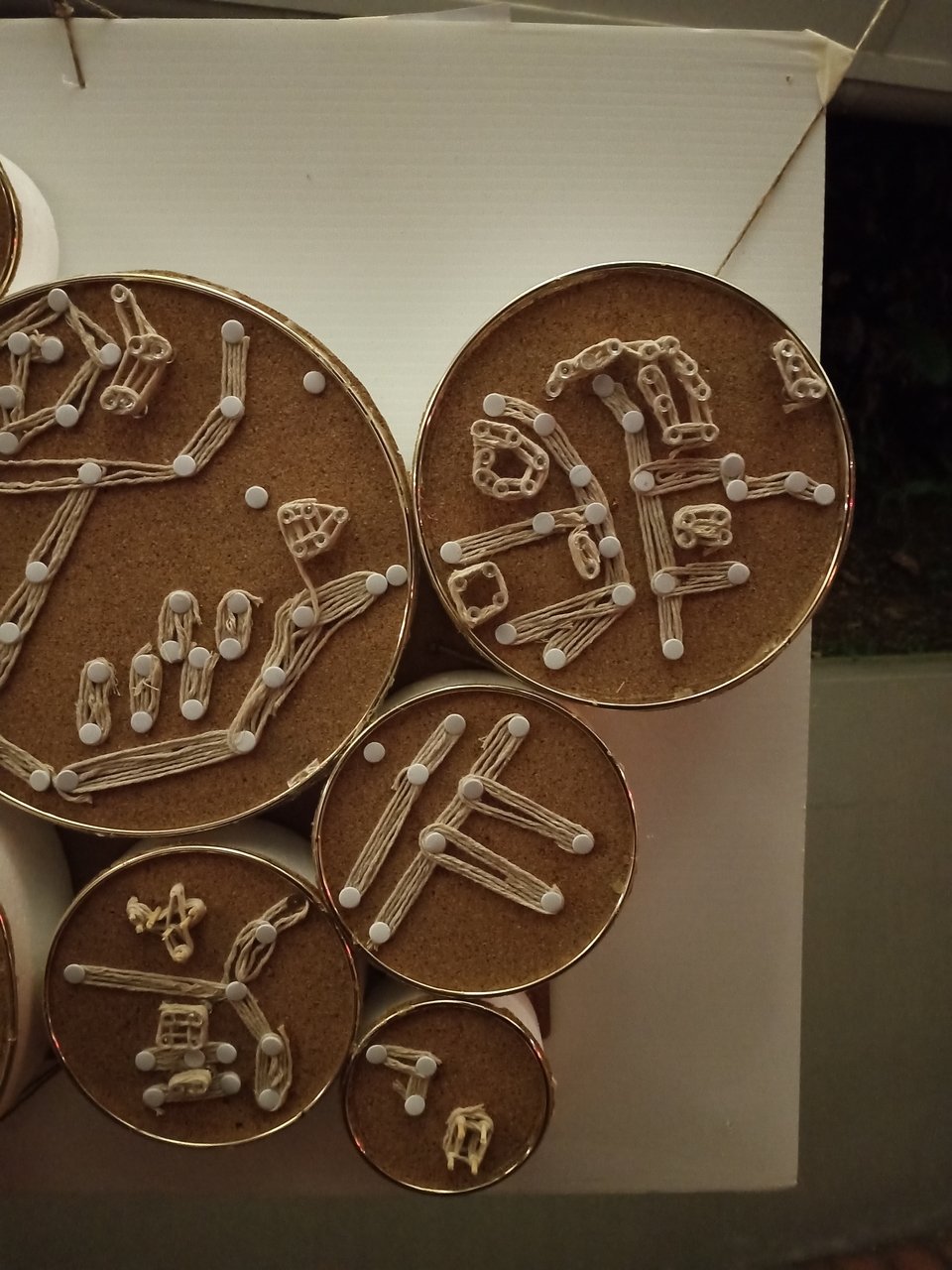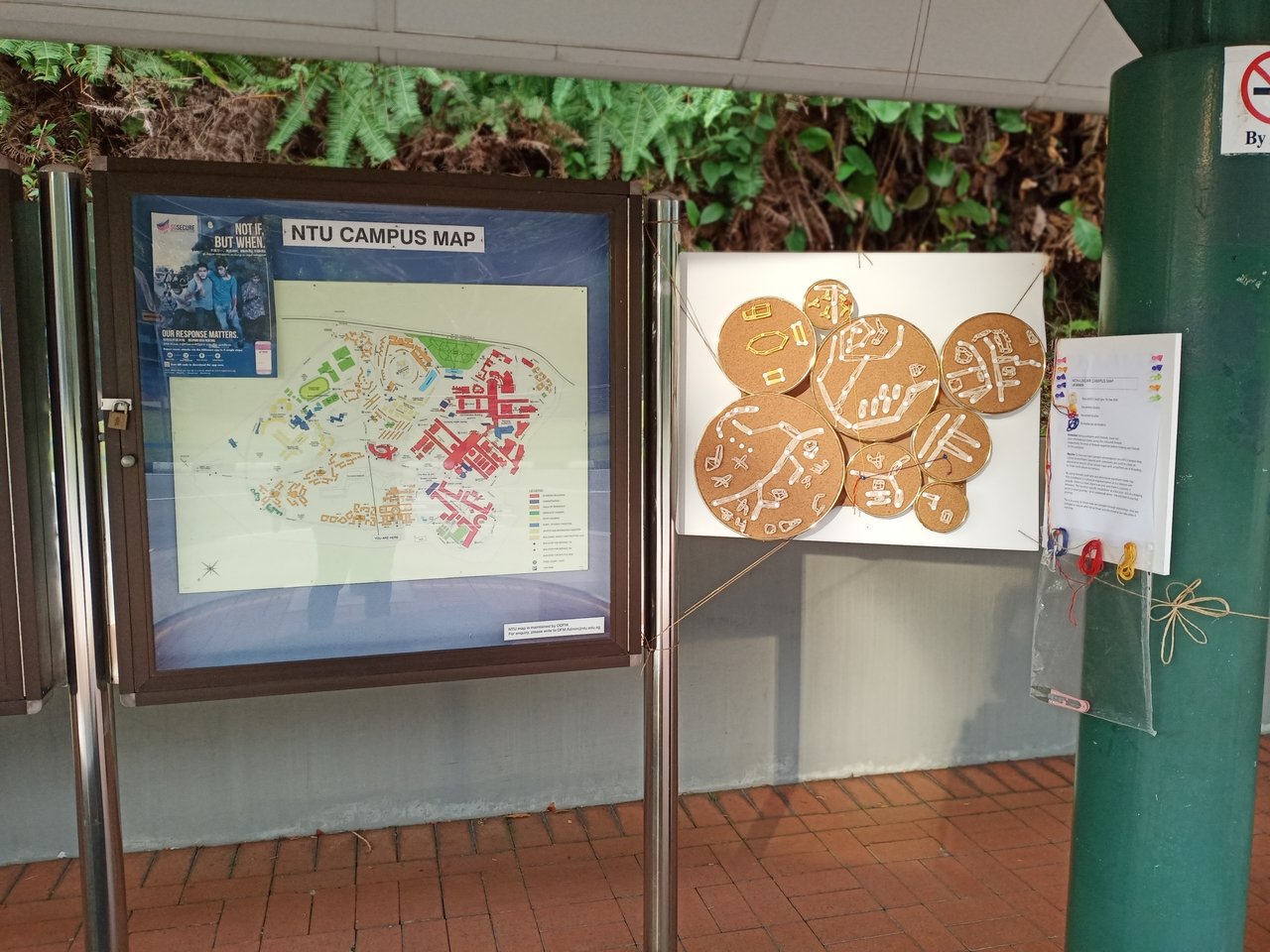As we learn to be more of sharing and “open source” society, many turn to social media to learn ways to “express ourselves”, our lifestyle, our habits, our norms to an audience. With that being said, personal privacy is even more valuable in an age where privacy is compromised for someone else’s entertainment or even personal gratification. But before anyone gets mistaken, there is nothing wrong with sharing certain parts of ourselves, it is acceptable. But it is acceptable as long as we are aware of the risks factors that come from it.
My project will revolve around a person journeys through travel in a crowded MRT train expressing certain discomforts from being in spaces which are both “tight” and “loose”. By tight meaning – a lot of people, with little space to manoeuvre, and this setting is contrasted with a more spacious space, like a “loose” envionement.
My project will allow people to see my route from school to home, with some portions of it highlighted for example, moving across cabins to avoid too much closeness with passengers, passengers looking into camera, and panning camera to see who is looking into my camera during live broadcasting.. The discontentment from having strangers stand or sit too close to you, stranger prying to look into what you are looking in your phone, and the normalized discomfort of being looked at a certain way in MRT train – I will attempt to capture that through the live broadcasting.
There would be voice overs to describe route on the way home, describe in detail how this would take place, as an added personal touch. I would consider moving to a quieter environment where the bus is “looser” as well so that this would highlight the contrast between different types of spaces experienced by an individual.
In today’s time where we can reveal private moments among friends, family and even strangers in our circle, our personal spaces or privacy is ever more valued in a time where we know, people have a reason to get into your personal business, and even feel entitled it. Whether we are in physical spaces which are tight, like in a crowded train, strangers may have a reason to stand close to you, but at the same time this could give them an opportunity to carry out human behavioural tendencies that is normally discomforting in nature.
An essay I used as reference is “Liquid Space: Science Fiction Film and Television in the Digital Age” (Waldby)where Catherine Waldby’s writings were mentioned. The author quoted
“To engage in sexualized exchange at the screen interface is to suture the body’s capacities for pleasure into the interactive space of the network, to use that network at the medium for pleasuring and being pleasured at a distance.” And “substitutes for the face-to-face negotiation of proximate sexuality and simulates certain aspects of that proximate relationship, involving the projection of a limited kind of telepresence through the simultaneous and interactive production of pleasure in the other’s body”.
The project idea may not have any provocative elements like that abovementioned but it was important to note that telepresence of someone can stimulate certain strong feelings that normally comes through physical presence of someone. And using social media, or even with online communities, it works in a way communities have traditionally thrived – which is to create spaces where shared “normals” exist. I thought this was relevant to the project idea that I am working on where voyeurism in the Singaporean community has taken to new forms – in online community spaces where exchange of photos that stimulate certain emotions to derive certain pleasures, is used as an alternative to real life, thriving social relationships.
An artwork I used as a reference is “Jennicam” where Jennifer Kay Ringley films herself performing her normal everyday routine in the presence of a live camera. What I find quite interesting is her comfort of being watched doing mundane activities. However, once she stopped doing “lifecasting”, she said she was content in living a private life too.
The main morale of this project is to also show how viewers, who are digital voyeurs themselves, would be more aware of their role, understand how this normalized trend of watching people online, may or may not have some effects to the way they view people in general. With the growing trend of voyeruism as seen in TODAY’s article (Ting, n.d.)and the project idea of valuing personal space, it also shows the growing tension between these two factors in a growing digital age we live in now.
Tight spaces, loose spaces on the Internet
Online “tight” or “loose” spaces are some elements that we can learn off of this project idea too. With “looseness” online, viewers taking in my broadcasting are given complete freedom to exercise their right over the Protagonist (me) in making comments, inviting some form of interaction from me, while I am caught in between the “tightness” of the spaces in the MRT cabin. And also, some users find a lot of liberty in exercising power through online means – where they tell people what to do, have complete freedom to watch live broadcasts without appearing creepy and etc.
With that being said, unlike “loose” spaces, when we describe internet spaces which are “tight”, it means limitations imposed on the online user. It may include inaction and passive-aggressiveness of user in being part of the live broadcasting. That affects the Protagonist in such a way, viewers can only go so far in making their intents known to the person behind the live broadcasting. I, as protagonist can choose to ignore their requests in favour of my own.
Excluding the quoted paragraph word count is 684 words
Bibliography
Ting, W. P. (n.d.). The Big Read: Singapore’s Voyeurism Problem – what’s wrong with men, or the world? . Retrieved from https://www.todayonline.com/big-read/big-read-singapores-voyeurism-problem-whats-wrong-men-or-world
Waldby, C. (n.d.). Liquid Space: Science Fiction Film and Television In the Digital Age by Sean Redmond . In S. Redmond.








































